Exploring Indigenous Cultures in South America
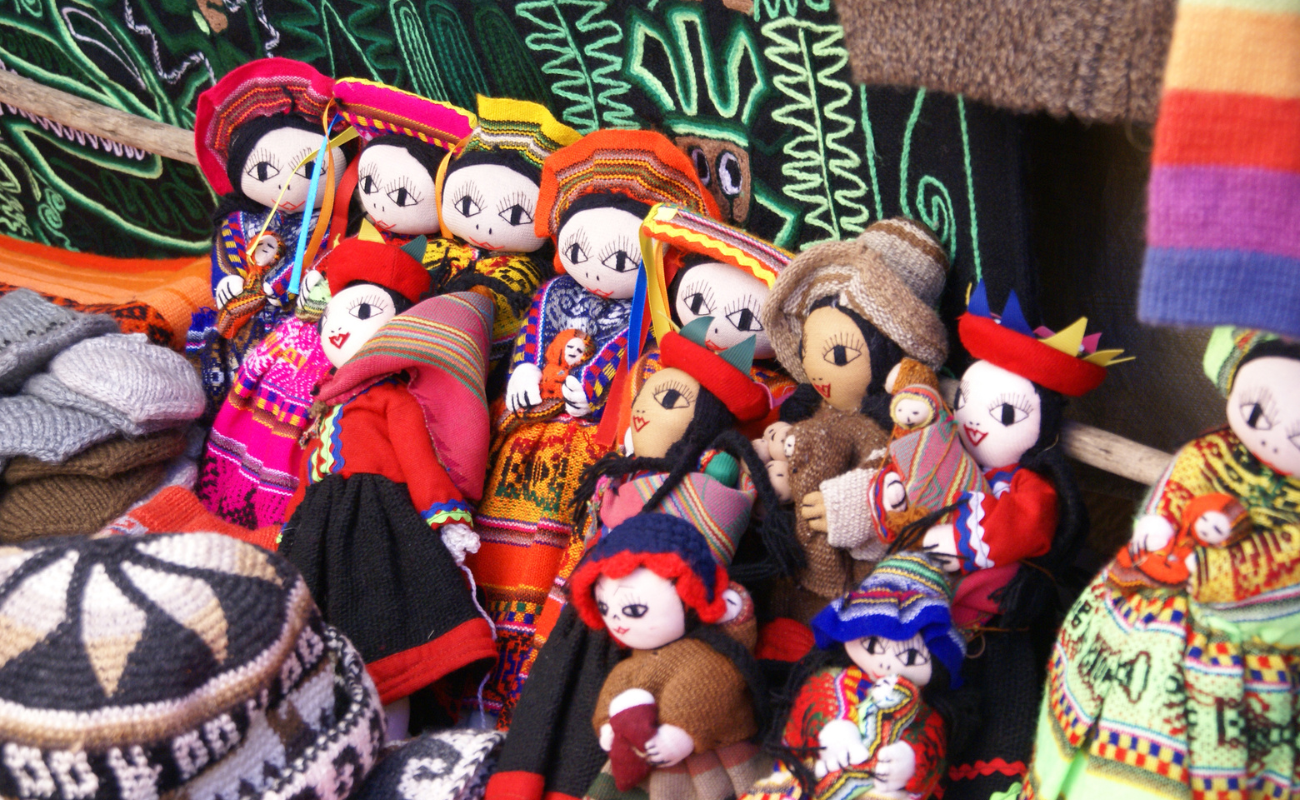
outh America is a continent of incredible diversity, not just in its landscapes but also in its people and cultures. Among the most fascinating aspects of this diversity are the indigenous cultures that have thrived for centuries and continue to shape the identity of the region. Exploring these cultures can offer culturally curious travelers a deeper understanding of the continent’s rich history and heritage. In this blog, we’ll focus on three prominent indigenous groups: the Quechua in Peru, the Mapuche in Chile, and the Guaraní in Paraguay. We’ll also provide tips for responsible cultural tourism, ensuring that your travels have a positive impact on local communities.
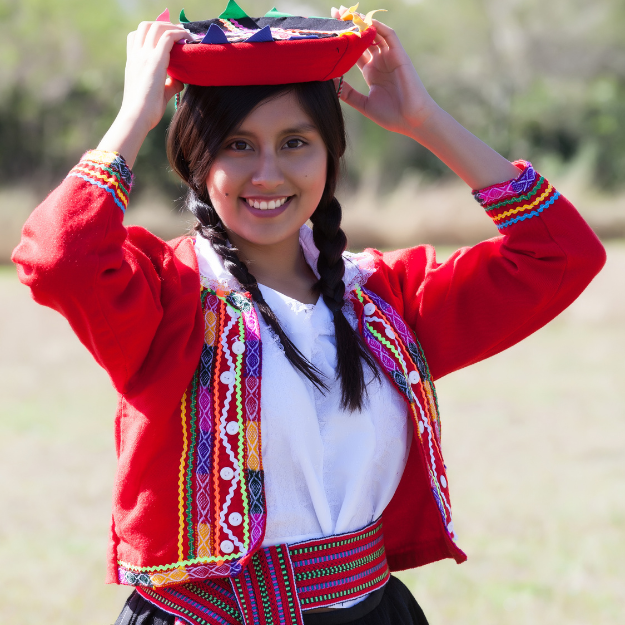
The Quechua: Guardians of the Andes
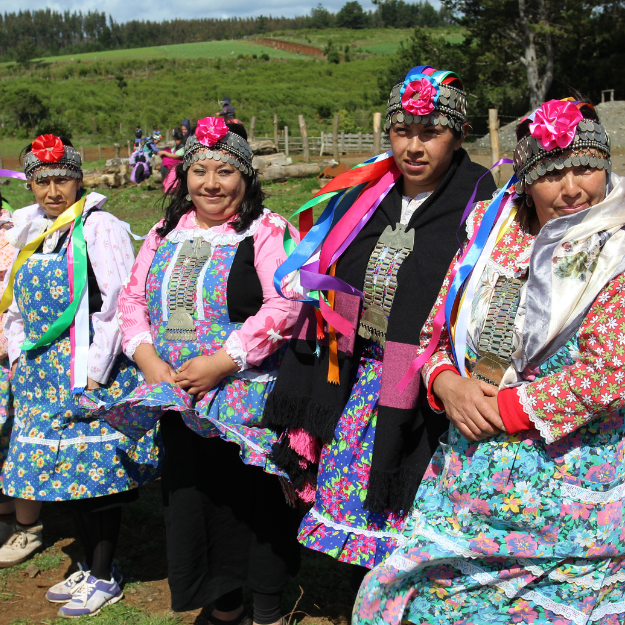
The Mapuche: Stewards of Southern Chile
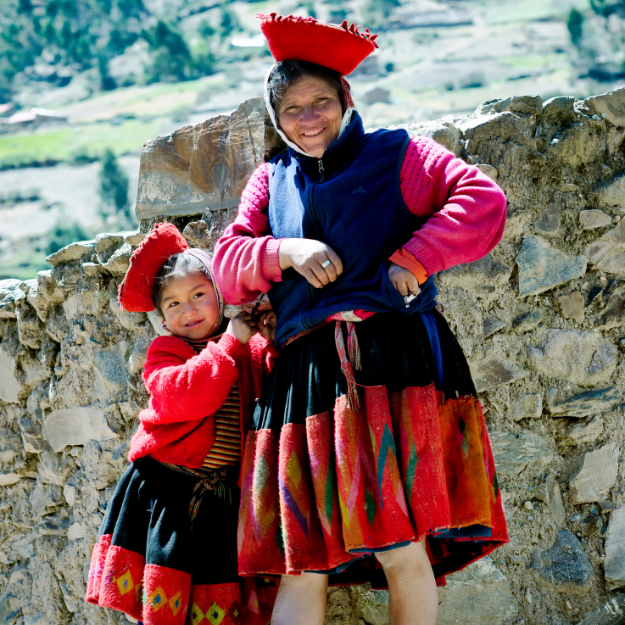
The Quechua: Guardians of the Andes
Book Flights to South america
The Quechua: Guardians of the Andes
Who Are the Quechua?
The Quechua people, descendants of the mighty Inca Empire, are one of the largest and most influential indigenous groups in South America, with their culture deeply rooted in the Andean regions of Peru, Bolivia, Ecuador, and parts of Colombia and Argentina. In Peru, the Quechua language is still widely spoken, and the Quechua way of life, based on agriculture, community, and respect for nature, continues to thrive.
The Quechua are known for their deep connection to the land, their agricultural innovations, and their rich textile traditions. Visitors can experience Quechua culture through traditional festivals, markets, and even homestays, where travelers can live with Quechua families and learn about their daily life, weaving techniques, and farming practices.
Must-Visit Sites
- Sacred Valley and Machu Picchu: Visiting the Sacred Valley and the iconic Machu Picchu offers a glimpse into the Quechua’s Inca heritage. Local guides, many of whom are Quechua themselves, offer invaluable insights into the historical and spiritual significance of these sites.
- Chinchero and Pisac Markets: These vibrant markets in the Sacred Valley are perfect for witnessing traditional Quechua textile-making, pottery, and crafts.
How to Engage Responsibly
- Support local artisans: When purchasing textiles or crafts, ensure they are made by Quechua artisans and fairly traded.
- Learn a few phrases in Quechua: Even simple words like “thank you” (“sulpayki”) can go a long way in showing respect for the culture.
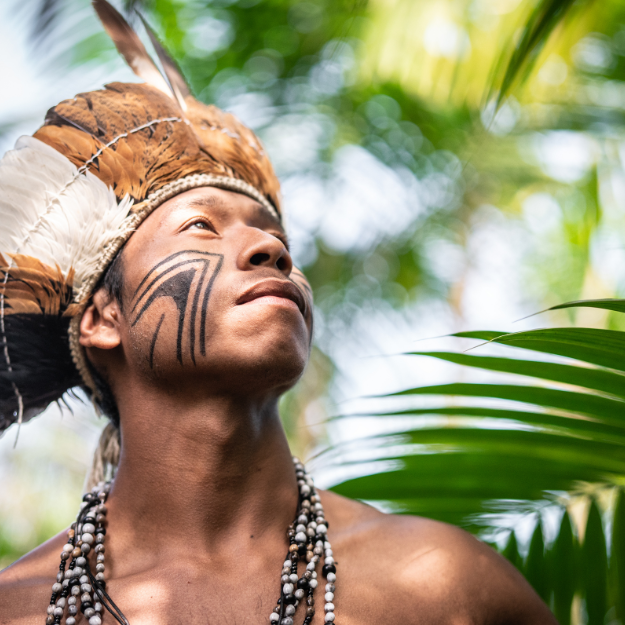
The Guaraní: Protectors of the Forests in Paraguay
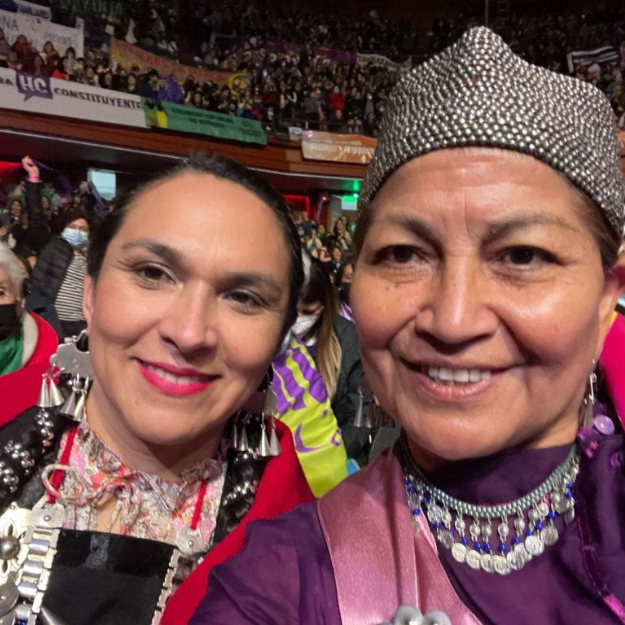
The Mapuche: Stewards of Southern Chile
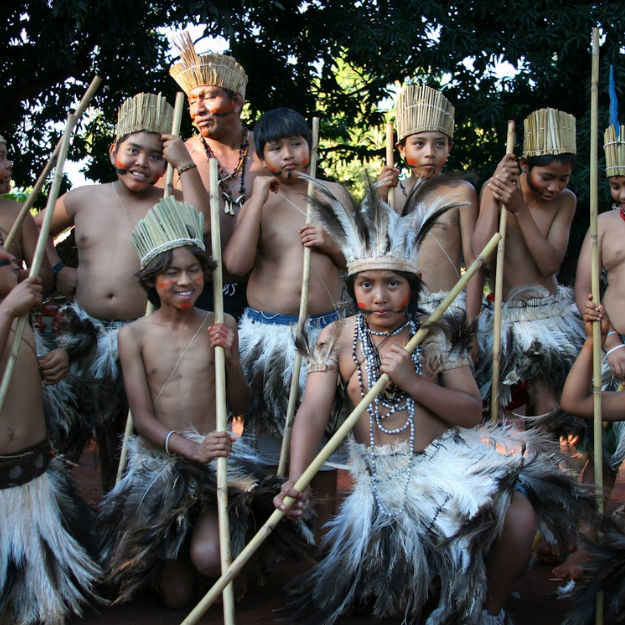
The Guaraní: Protectors of the Forests in Paraguay
The Mapuche: Stewards of Southern Chile
Who Are the Mapuche?
The Mapuche are the largest indigenous group in Chile and have a long history of resistance and resilience. Their name means “People of the Land,” reflecting their deep spiritual connection to nature and their ancestral territories, which span the southern regions of Chile and parts of Argentina. The Mapuche’s beliefs are rooted in animism, where the natural world, from the rivers to the mountains, is imbued with spiritual significance.
Despite colonization and modern-day pressures, the Mapuche people have managed to preserve their language (Mapudungun), traditions, and customs. Travelers interested in Mapuche culture can participate in community tours, traditional ceremonies, and eco-cultural activities that highlight their sustainable way of living.
Must-Visit Sites
- Araucanía Region: This region in southern Chile is the heartland of the Mapuche. Visitors can explore its natural beauty, including lakes and volcanoes, while learning about the Mapuche’s relationship with the land.
- Ruka Experiences: “Ruka” means house in Mapudungun. Many Mapuche communities offer “Ruka” experiences where visitors can stay in traditional houses, share meals, and learn about Mapuche customs.
How to Engage Responsibly
- Respect cultural boundaries: Some Mapuche ceremonies and sacred sites are not for tourists, so always follow local guidance on what is appropriate to visit and photograph.
- Choose community-based tours: Look for travel operators that work directly with Mapuche communities, ensuring the economic benefits stay local.
The Guaraní: Protectors of the Forests in Paraguay
Who Are the Guaraní?
The Guaraní people, one of the most prominent indigenous groups in Paraguay, are known for their deep connection to the forests and rivers of the region. Historically, they lived in small, semi-nomadic communities, relying on hunting, fishing, and small-scale agriculture. The Guaraní language is an official language in Paraguay, and the Guaraní worldview has had a profound influence on the country’s national identity.
For travelers, the Guaraní culture offers a unique window into a way of life that is deeply respectful of nature. Today, many Guaraní communities are working to preserve their culture and protect the forests they call home from deforestation and industrial agriculture.
Must-Visit Sites
- Mbaracayú Forest Reserve: Located in northeastern Paraguay, this forest reserve is home to several Guaraní communities. Visitors can learn about their traditional practices, such as herbal medicine and sustainable agriculture.
- Jesuit Missions of La Santísima Trinidad de Paraná: These UNESCO World Heritage sites in Paraguay offer insight into the complex history between the Guaraní and the Jesuit missionaries during the colonial period.
How to Engage Responsibly
- Choose eco-friendly tours: Support tour operators that prioritize conservation and involve Guaraní guides, ensuring that the communities benefit from tourism.
- Learn about local environmental challenges: Be aware of the Guaraní’s ongoing struggles to protect their lands from deforestation, and consider supporting conservation efforts.
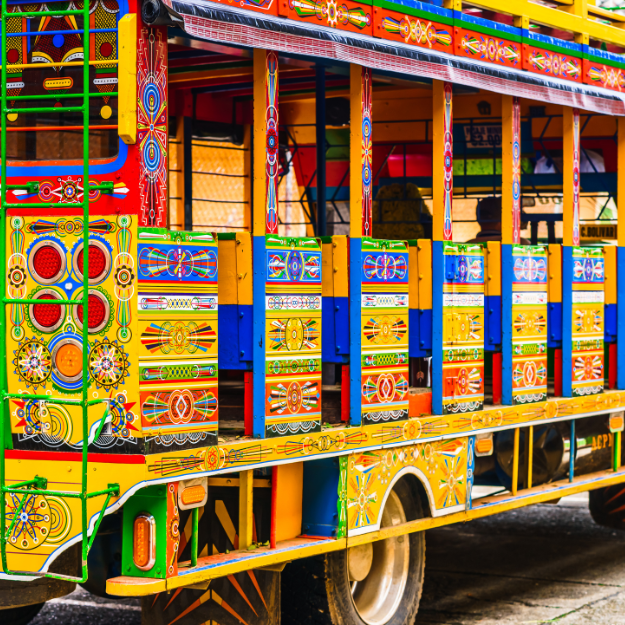
Chicken bus near Jerico Antioquia, Colombia

Kissing Magellanic penguins in Patagonia, Chile
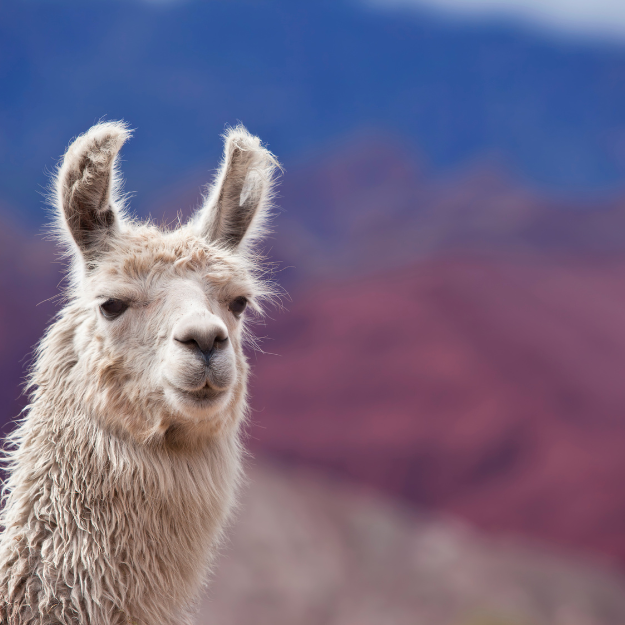
White llama in argentina
Tips for Responsible Cultural Tourism
When exploring indigenous cultures, it’s important to travel in a way that honors the communities you visit. Here are some guidelines for responsible cultural tourism:
-
Seek Authentic Experiences: Choose experiences that are community-led, ensuring that indigenous people are the ones sharing their culture and history.
-
Respect Local Customs and Traditions: Always ask for permission before taking photos and be mindful of cultural sensitivities, particularly around religious or sacred ceremonies.
-
Leave No Trace: Many indigenous groups have a strong environmental ethos. Practice sustainable tourism by minimizing waste, avoiding single-use plastics, and respecting the natural environments you visit.
-
Learn Before You Go: Educating yourself about the history, challenges, and customs of the indigenous groups you plan to visit will enrich your experience and demonstrate respect for their culture.
-
Support Local Economies: Buy local products, eat at locally-owned restaurants, and stay at accommodations run by indigenous families or cooperatives.
Conclusion
South America’s indigenous cultures are not only vibrant and diverse but also offer profound lessons in sustainability, community, and living in harmony with nature. Whether you’re exploring the highlands of Peru with the Quechua, the forests of Paraguay with the Guaraní, or the southern plains of Chile with the Mapuche, responsible cultural tourism can help ensure that your travels benefit both you and the communities you visit.
By engaging with these cultures in a respectful and thoughtful way, you’ll gain deeper insights into their history, customs, and worldviews, making your journey through South America all the more meaningful.
